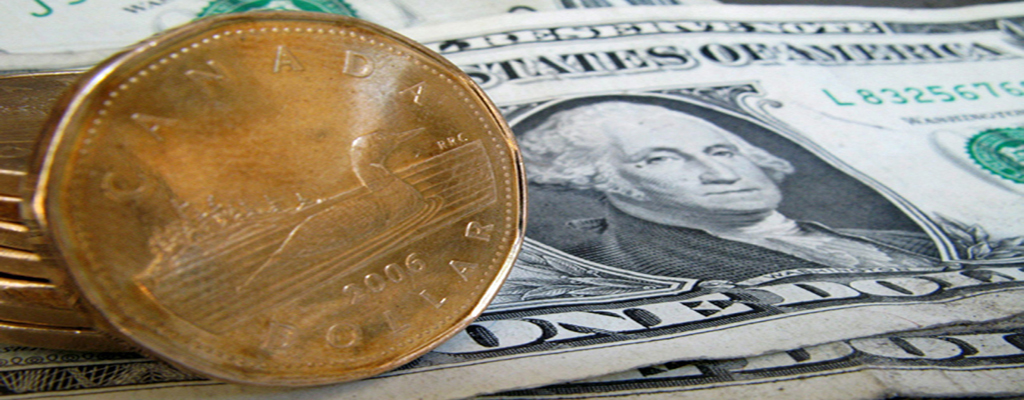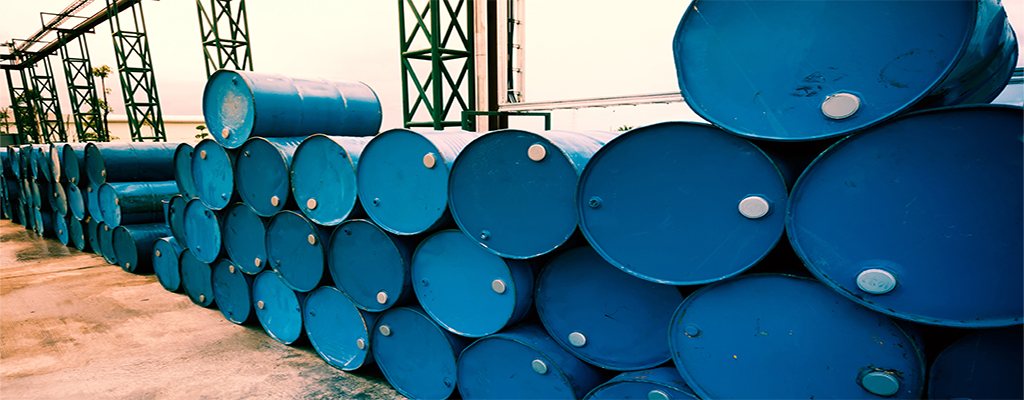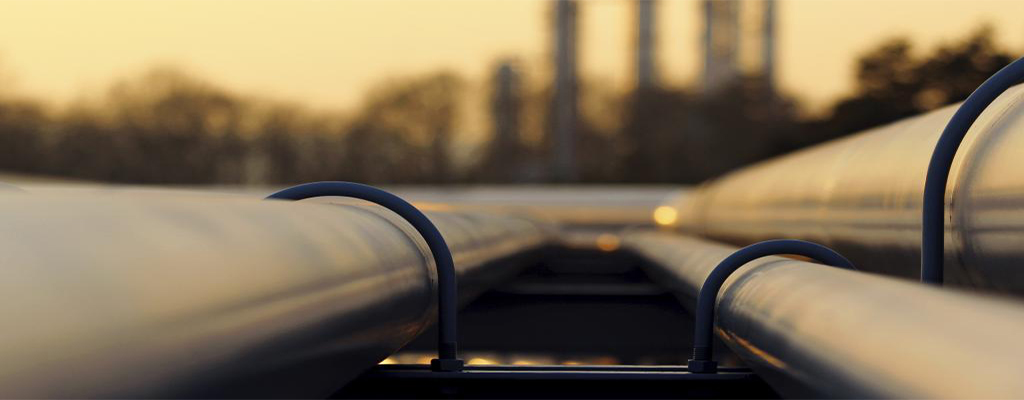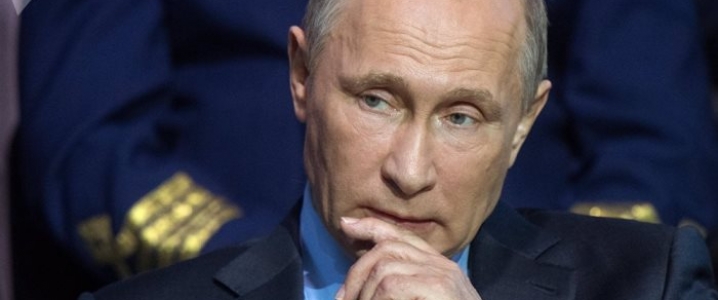OPEC+ Boosts Oil Production Despite Signs Of Weak Demand
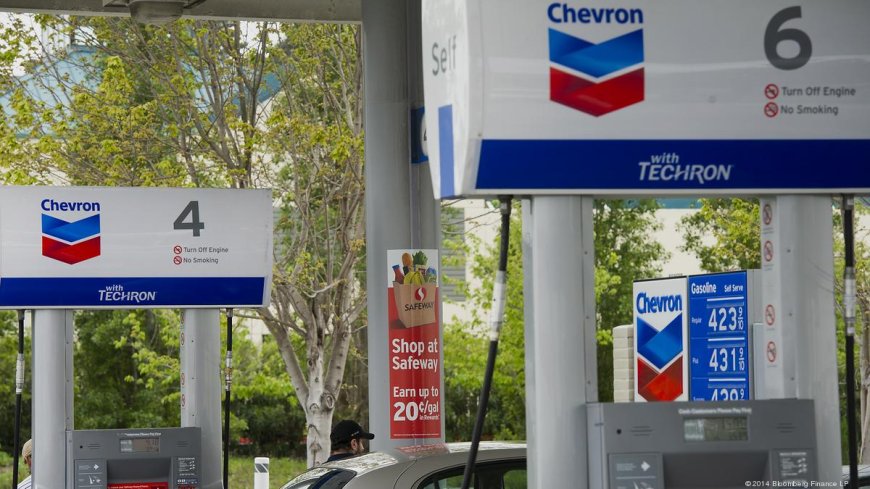
As was widely expected, the OPEC+ cartel has announced that it plans to increase its crude oil production starting in August of this year.
An eight-nation subset of the Organization of the Petroleum Exporting Countries and its allies (OPEC+) agreed to lift production by a greater-than-expected 548,000 barrels per day beginning in August.
The group includes Russia and Saudi Arabia, along with Algeria, Iraq, Kazakhstan, Kuwait, Oman and the United Arab Emirates.
Those countries have been unwinding 2.2 million barrels per day of voluntary production cuts, which are separate from the wider OPEC+ strategy.
Energy traders had been expecting OPEC+ to further raise its production quotas, which it has done multiple times this year despite evidence of weakening demand.
However, OPEC+ was expected to raise its output by 411,000 barrels per day at its policy meeting on July 5. The output increase is larger than had been anticipated.
Brent crude, the international standard, is up 0.59% at $68.70 U.S. per barrel, while West Texas Intermediate (WTI) crude oil, the American benchmark, is down 0.04% at $67 U.S. a barrel.
The latest production increase is also roiling the stocks of oil majors such as Chevron (CVX), Shell (SHEL), and ExxonMobil (XOM).
Another factor weighing on crude oil prices is demand in China, which is the world’s biggest oil importer. Demand in China is now at its lowest pace in nine months as new export orders fall.
In the U.S., a surprise build-up of crude oil inventories also highlighted demand concerns in the world’s biggest energy consumer.
U.S. oil drillers in recent days have reduced the number of rigs they’re operating by seven to 425, their lowest level since September 2021.
Energy traders say the current situation is likely to push crude oil prices lower in the near-term, a situation that many forecast will continue into the autumn of this year.




























